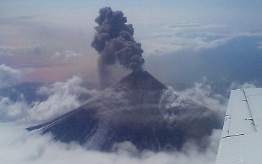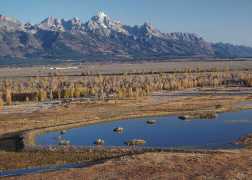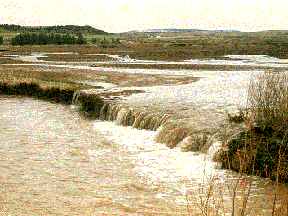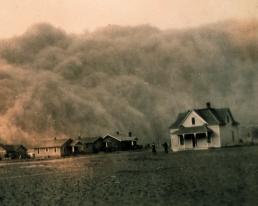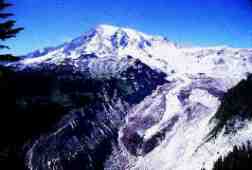Forces That Shape the Surface of the EarthIn chapter 2 "The Earth System" you were introduced to sources of energy that drive earth system processes. The lithosphere is constantly being altered by these forces originating from within and outside the Earth system. Great forces from within causes the surface to heave and buckle, sometimes with disastrous consequences to humans. Energy received from the sun drives processes like those that create majestic sand dunes and carve magnificent stream valleys. Endogenic Processes and the LithosphereRecall that endogenic forces or processes are those that are are driven by the Earth's vast heat engine are called . The movement of tectonic plates is thought to be a product of convection currents in the mantle. Deep within the Earth's core, heat is generated by the radioactive decay of elements like uranium, thorium, and potassium. The heat is transferred upward to warm the mantle causing it to slowly circulate and tug on the plates above. (For more see Some Unanswered Questions, The Dynamic Earth, USGS). As the crustal plates are moved about, they interact by colliding, sliding by, or diverging from one another. The result of such movement produces faults and earthquakes, volcanoes, the creation of mountain systems, or deep valleys and trenches. The great mountain systems of Earth like the Himalayas are a product of the collision of lithospheric plates. Similarly, the huge trenches found on the ocean floor, like the Marianas Trench, are caused by plate interaction.
Exogenic Processes and the LithosphereThose processes acting at the surface of the earth and primarily driven by solar energy are called exogenic processes. For instance, wind is created by the variation in pressure over distance (pressure gradient force). Pressure variations are, in part, created by the variation of surface heating due to the unequal distribution of solar energy receipt. As wind blows it exerts an erosive force on the surface to detach and transport soil particles. Wind erosion is therefore an exogenic process. Erosion by rain is likewise driven by the initial evaporation due to absorption of energy and subsequent conversion into precipitation by condensation processes. The geologic work of glaciers is considered an exogenic process. Glaciers form when summer temperatures decrease to the point where the previous winter's snowfall does not melt and accumulates over time eventually compacting and metamorphosing into ice. The accumulating ice spreads out as a great sheet sculpting the surface beneath it.
|
||||||||
